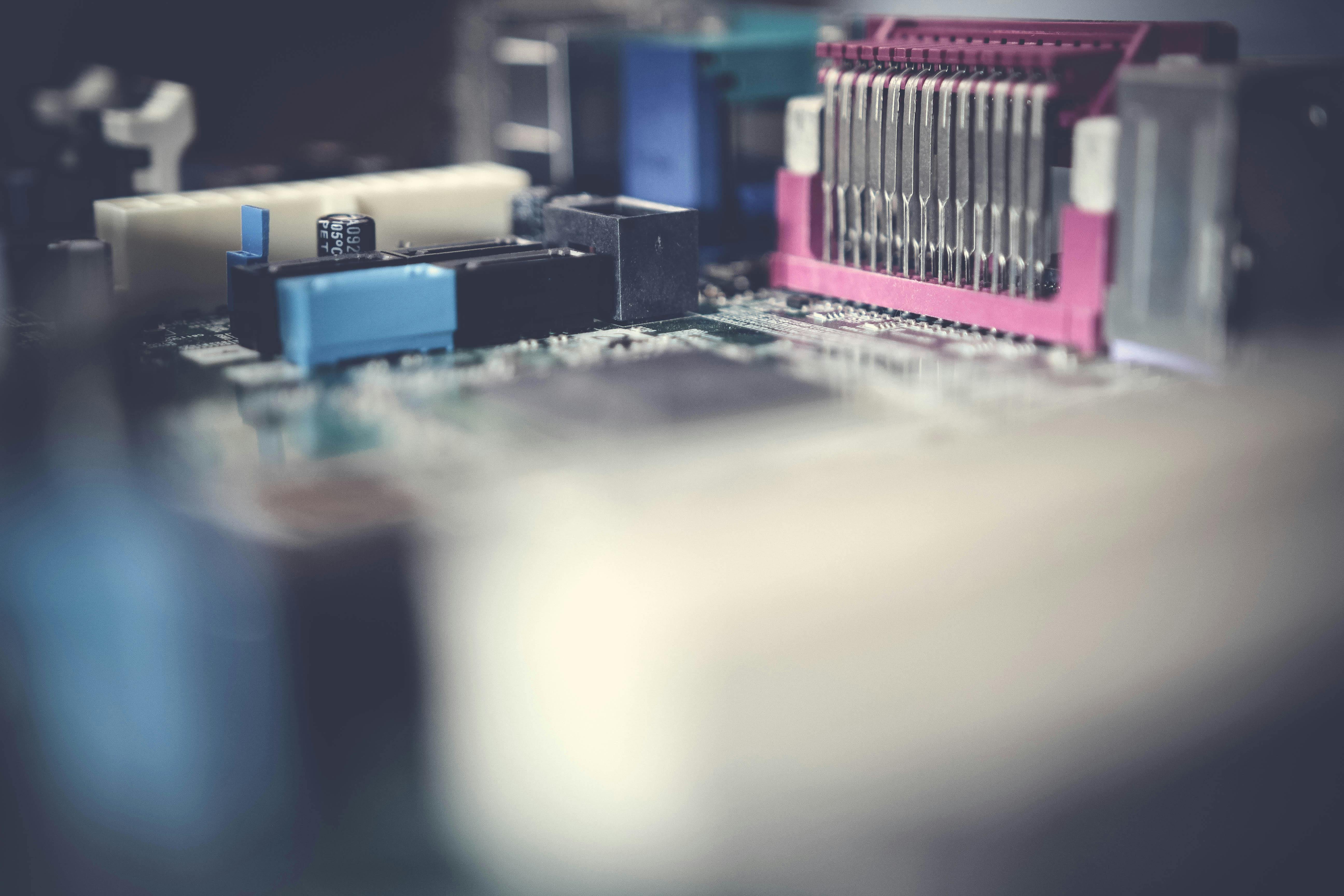The battle continues…
Things are about to get very complicated in the ongoing battle for dominance of processing chips between AMD and Intel. For years, Intel has stayed ahead, weathering attack after attack from AMD and holding its own in a market that changes chips every half hour. Intel has always been the big name, the big player and the ‘go to guys’ for all things Core i3, i5 and i7 oriented.
But all that could be about to change, if AMD’s talks with corporate giant Apple are successful. Intel has been the sole supplier of microprocessors for the iconic Apple Notebook and its desktop PCs since 2006, when Apple spun off PowerPC. AMD representatives have recently been spotted leaving meetings with members of Apple’s most important people, and according to rumors, there have been smiles everywhere.
The meetings have prompted Apple to begin taking a hard look at AMD processors in its research labs as precursors to chips that will be incorporated into some of Apple’s emerging projects. Apple is rumored to be particularly interested in AMD CPUs for workstations and laptops.
So why is Apple talking to the enemy (as far as Intel is concerned)? It may have a lot to do with the problems Apple has found with Intel processors. Not only were there accusations that Intel’s chipset delayed the page refresh time for the laptop, but Intel’s chipset designs have hampered Apple’s plans to continue its partnership with Nvidia to develop a standardized chipset for use with Intel processors across Apple’s product line. . The shortage of the new Core family of chips also delayed the release of the latest version of the MacBook series, which didn’t help matters. The result of this has been that Apple has been forced to use the less capable Intel integrated graphics chip inside the new MacBook Pro instead of the more capable Nvidia product.
AMD: promising and a potential threat to Intel’s dominance
The Apple deal could undermine Intel’s market dominance. As a result of Apple’s discussions with AMD, more manufacturers are now taking a second look at not only what AMD already offers, but also its plans for future research and development. Admittedly, it could all be a case of corporate maneuvering by Apple to see what Intel has to offer as an alternative. But no matter what the reasons, the real winners in the future will be consumers. Competition, particularly in the world of technology, leads to advances in development. New ideas and concepts are the product of debate and competition as each tries to outdo the other. AMD may lack the performance and efficiency of the Intel processor, but the ATI acquisition gives them an edge over their rivals when it comes to GPU technology.
Since Apple is focusing on improving its graphics package (mention a graphic designer who doesn’t use a MacBook), the smart money is in a merger between Apple and AMD, allowing Apple to go ahead with Nvidia’s plan . But rest assured, Intel is not going to sit back and let it happen without a fight. It could all be boiled down to numbers, which will benefit Apple more; Stick with your current partnership or switch to a new one with AMD? Most likely, Apple, recently announced as financially bigger than the monolithic Microsoft and thus a major influence in the direction of the microprocessor market, will probably end up working with AMD and Intel. As the old saying goes, those at the forefront of microprocessing and graphics capability are living in interesting times…
ENDS
